The holidays are a time for getting together with family and friends. Rarely do we consider how our decorations could put us at risk for injury or fire. The U.S. Consumer Product Safety Commission (CPSC) estimates that every year, more than 12,500 injuries involving holiday decorations are seen in emergency departments nationwide during November and December. Sharing these reminders can go a long way to helping your customers be safe during the holiday season.
How can you avoid injuries this holiday season? Check out these safety tips for decking the halls:
- Buy fresh — when you head out to pick the perfect tree, make sure to conduct a quick three-part stress test. The needles should resist being pulled off and should not snap or break when bent, the trunk bottom should be sticky with resin and the limbs should be strong and only drop a few needles if shaken
- Keep it cool — live or artificial, trees don’t take well to the heat, so make sure not to position your tree next to the fireplace, heat ducts or radiators. Also remember not to place them where they may block doorways or high-traffic areas
- Put them to the test — make sure your lights are in good condition and in proper working order. They should be tested and marked with a holographic UL label. A red label means lights can be used indoors and out, while green means they are for indoor-use only
- Take it easy — use no more than three standard-size sets of lights per single extension cord. Make sure the extension cord is rated for the intended use
- Lights out — when you turn in, your lights should too. Turn off all holiday lights when you go to bed or leave the house. The lights could short out and start a fire
- Stay grounded — your power should come from a ground fault circuit interrupter (GFCI) outlet. This type of outlet will shut down if there is over-current. If you don’t have one, a qualified electrician can add one outdoors for your future holiday needs or you can buy a portable outdoor unit from your local hardware store for less than $20
- Teamwork — if you are working with lights or decorations above your normal reach, help prevent falls by making sure you use a secure ladder of the proper length and have someone help support the base
- Watch that wick — keep all candles within eyesight when lit. Place them on a stable surface out of reach to animals and children and make sure to extinguish them all before you go to bed, leave the room or the house
It’s easy to get caught up in the festivities. Keep your holidays happy and your home and family safe by taking a little extra time to make sure your decorations are hung with care.
Courtesy of Integrity Insurance

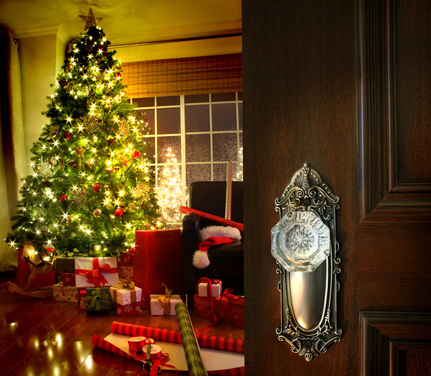
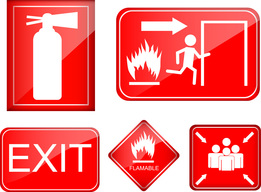
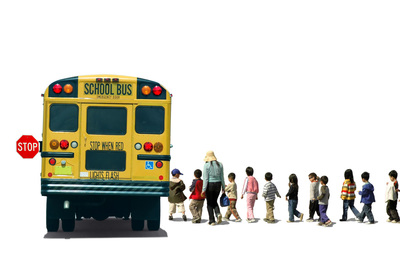
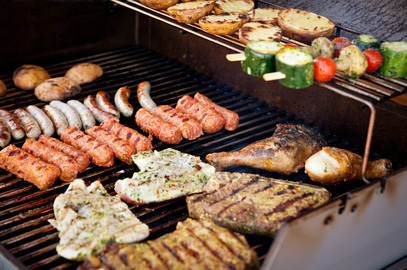
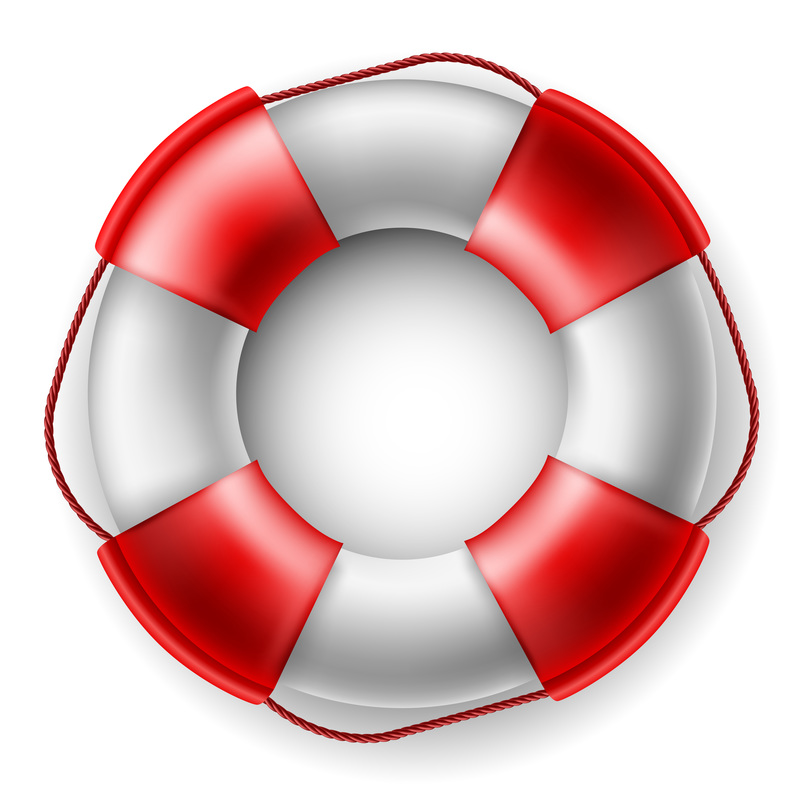
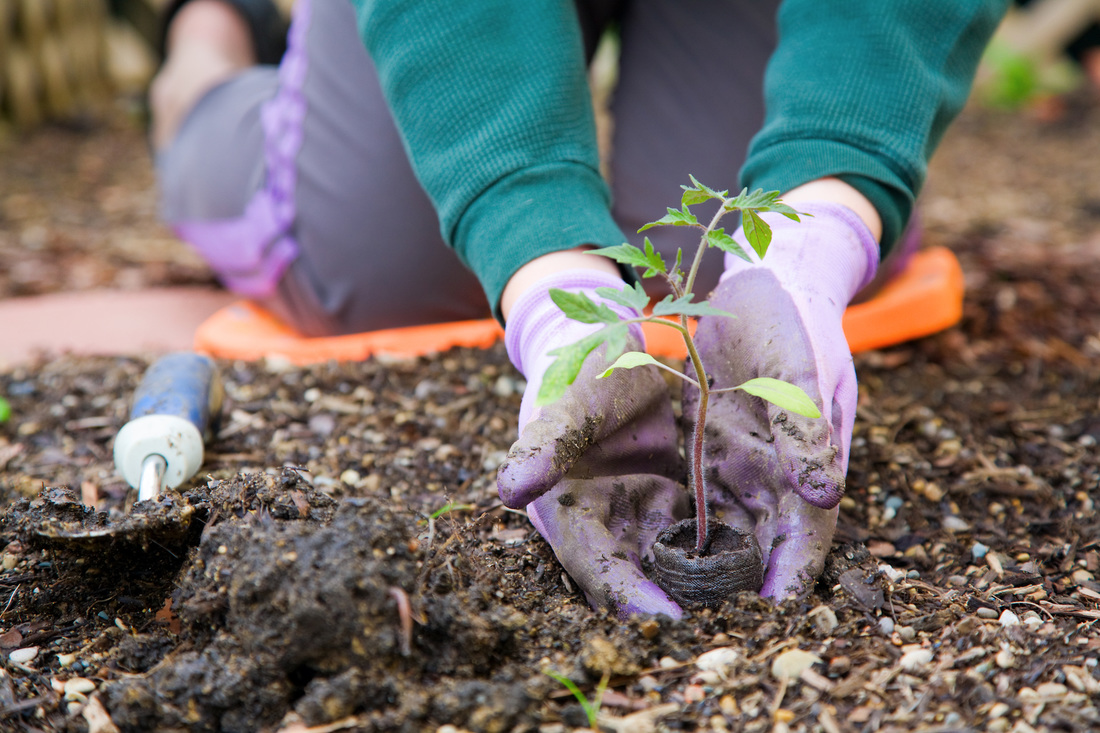
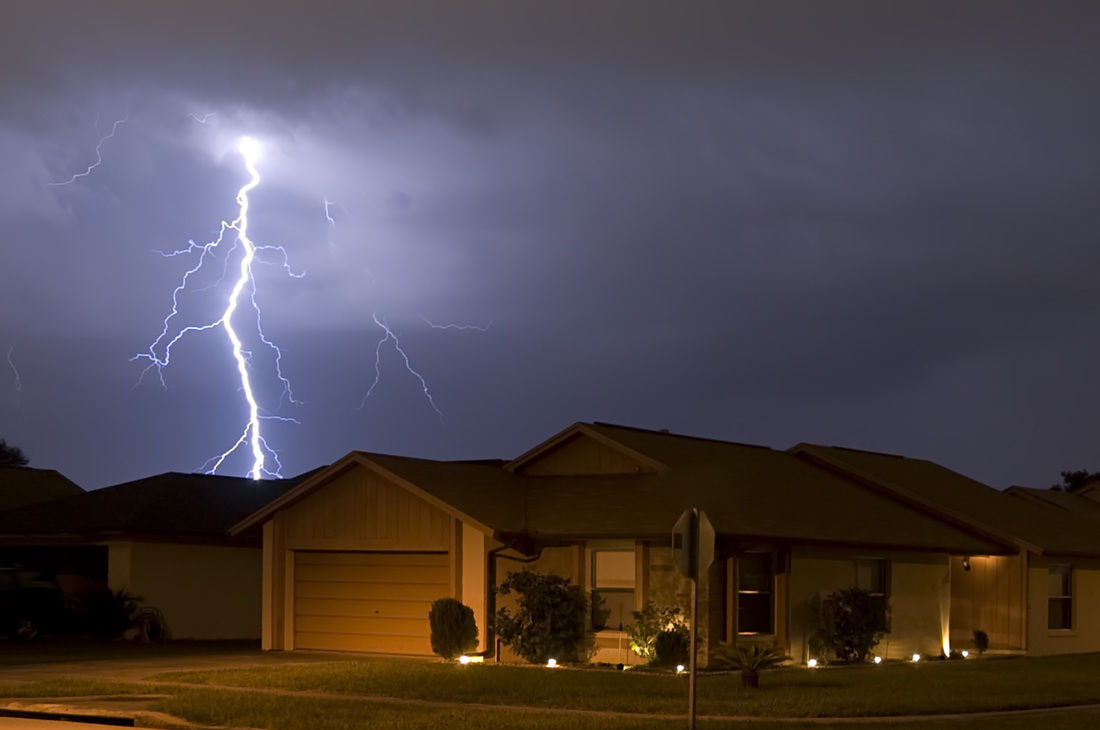
 RSS Feed
RSS Feed
